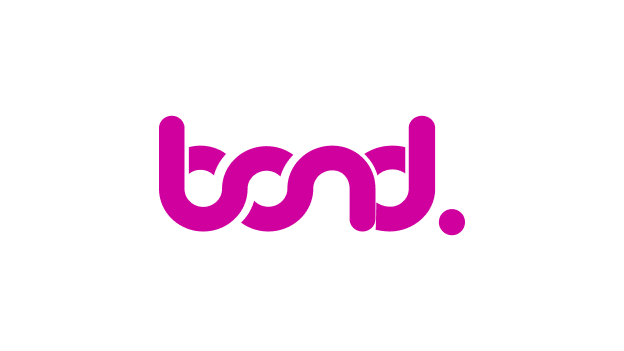
Connected and Native Applications: A Modern Approach to Data-Powered App Development
Through connected and native applications, organizations and software providers can build secure, scalable and intelligent tools that run directly within the data environment, eliminating unnecessary movement and complexity.
- Overview
- What Connected and Native Apps Have in Common
- Characteristics of Connected vs. Native Apps
- Practical Use Cases
- Strategic Benefits
- Resources
Overview
Data-driven innovation is shifting application architecture. Instead of moving data to applications, applications are now built to run directly within the data environment. Through connected and native applications, organizations and software providers can build secure, scalable and intelligent tools that run directly within the data environment, eliminating unnecessary movement and complexity.
Shared foundations: What connected and native Apps have in common
Modern connected and native apps are built on a common foundation of in-place data processing, security and scalability. Key shared benefits include:
Shared benefit |
Description |
In-place data access |
Apps operate within the same environment where data resides, avoiding external transfers and latency. |
Data privacy and control |
All access to data is governed by secure permissions and user-defined roles, ensuring compliance and data sovereignty. |
Simplified architecture |
The architecture eliminates the need for complex data pipelines or integration layers — applications directly interact with governed, real-time data. |
Elastic scalability |
Applications scale effortlessly with the underlying compute resources, accommodating varied workloads. |
Centralized distribution |
Apps can be published, discovered and installed via centralized marketplaces or internal repositories. |
Distinct characteristics of connected vs. native Apps
Although built on similar principles, connected and native applications have distinct development and operational models. Here's how they compare:
Feature |
Connected applications |
Native applications |
Definition |
Applications that operate directly within a customer’s data environment by securely accessing live data |
Fully packaged apps built using native platform components that run entirely inside the data environment |
Logic placement |
Application logic may reside externally but operates on data in place |
All application logic is embedded and executed directly within the data platform |
Development approach |
Focuses on securely accessing and working across multiple customer environments |
Emphasizes modular, installable apps that integrate seamlessly with internal workflows |
Intended users |
Software vendors, data service providers, or partner integrations |
Internal teams, enterprise developers or software vendors offering platform-native tools |
Deployment method |
Delivered through secure data access mechanisms and shared logic components |
Distributed as native app packages via marketplaces or internal systems |
Practical use cases
Use case |
Best fit app type |
Description |
Real-time risk scoring |
Native app |
Algorithms run in-place on live data streams for instant decisions. |
Marketing analytics service for clients |
Connected app |
A SaaS provider offers insights while securely accessing client data in their environment. |
Internal business performance dashboard |
Native app |
A packaged internal tool runs directly on enterprise data sets. |
Third-party data enrichment |
Connected app |
An external provider enhances customer data without exporting it. |
Supporting tools and components
Key capabilities used to build and deploy modern connected or native applications include:
Custom logic modules (such as functions and procedures)
Data programming frameworks (such as Python, Java and Scala)
Stream processing components for real-time operations
Workflow automation tools
Role-based access controls
- Data marketplaces or internal catalogs for app sharing
Strategic benefits
Benefit |
Description |
Faster deployment |
Apps can be delivered and activated rapidly, often with minimal configuration. |
Improved compliance |
Data stays securely in its original environment, easing privacy and regulatory concerns. |
Operational efficiency |
Eliminating data duplication and external processing reduces infrastructure overhead. |
User trust and transparency |
Customers retain full visibility and control over their data usage and permissions. |
Scalable monetization |
Software providers can offer subscription-based services through app marketplaces. |
